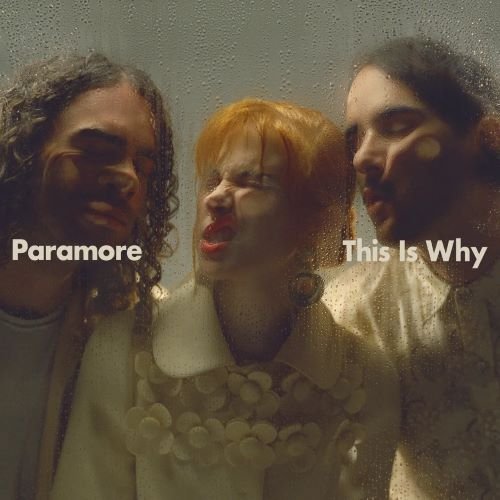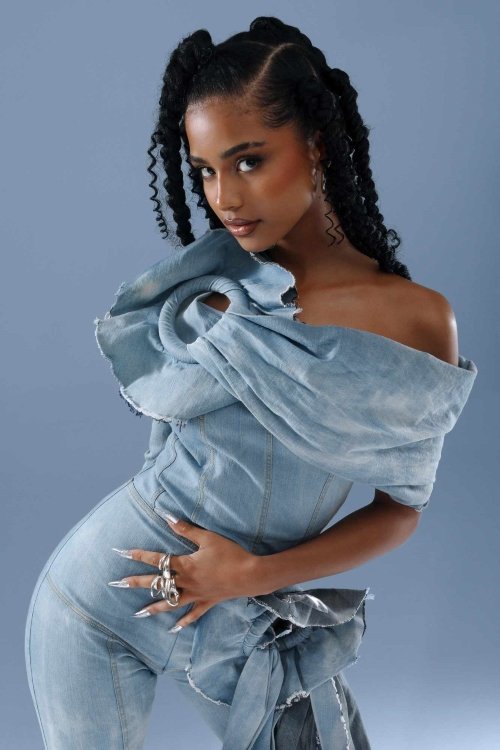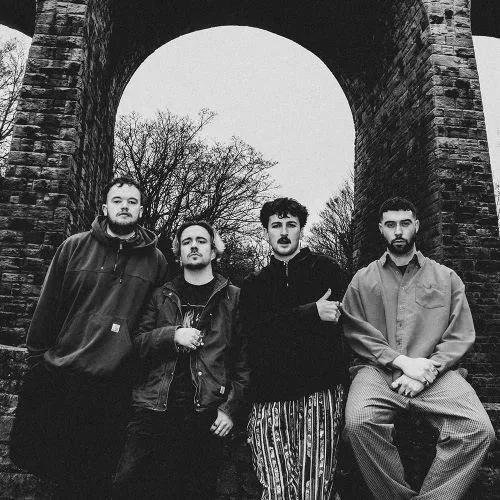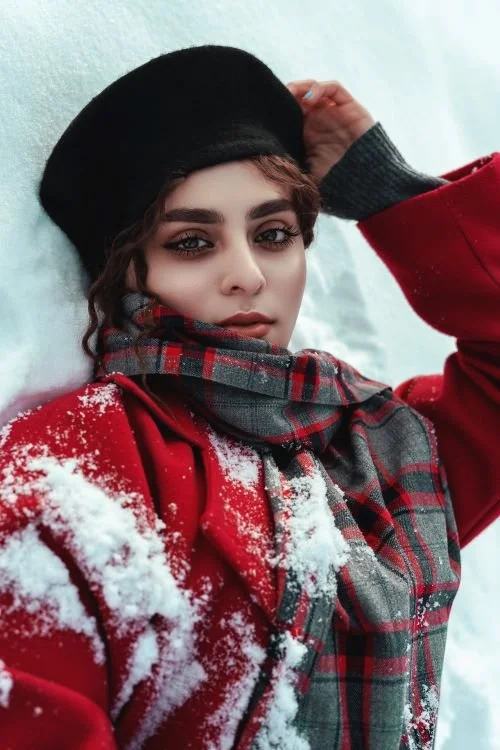FEATURE:
Bad Actors, Reset the Stage for a Sisters Act
PHOTO CREDIT: Luan Nunes/Pexels
Hopes That Female Dominance in 2023 Will Result in Great Progress and Opportunities Next Year
__________
AS I seem to say each year…
PHOTO CREDIT: Pixabay/Pexels
this one has been dominated by female artists. If you look at the best of 2023 albums lists, you can see women riding high in every mix. Whether it is a list from Time Out, Rolling Stone, Pitchfork, or The New York Times, most of the highest positions are taken by female artists. The same goes for singles and tracks. Some of the biggest and highest-grossing tours have been from female artists. Stations like BBC Radio 1 have announced their longlist of artists to watch in 2024. Even so, these stations still are struggling to balance their playlists - even if their 2024 list is female-heavy! It has been another year when musical excellence and progression has come, in my opinion, mostly from women. We are in the middle of various sites sharing their take on which rising artists will define 2024. Again, in so many cases, women feature heavily. That has been the case for years now. I think 2023 has been particularly queens-heavy. So many remarkable albums and singles coming from women. Not to take anything away from other genders at all. This is not about divisiveness at all. I am simply observing how, inescapably, one cannot deny the power and importance of music coming from women in the industry – whether they are established and legendary or fairly new. There has been this dominance for a very long time. It is wonderful to see of course. I am not sure what accounts for this phenomena. I feel, after years of women being denied festival bills and radio playlist inclusions, the more that are included and are get attention, the more we are hearing about them in a wider sense. Perhaps a particularly rich time period in terms of the music coming from music. In actuality, there is no secret or explanation. A natural evolution and progression that means female artists are overtaking their peers.
PHOTO CREDIT: Jorge Fakhouri Filho/Pexels
I don’t think that this trend is something that will be bucked and reversed anytime soon. If websites and various magazines etc. are recognising wonderful albums from women and highlighting female artists as ones to watch next year, I don’t think that this same love and widespread coverage is being reflected yet across the industry. I listen to a variety of radio stations. None of them seem to have playlists that are regularly 50-50 (women and non-binary artists against male acts). BBC Radio 6 Music for a lot of the time, but even this great and progressive station cannot get a consistent and solid balance! The situation is far bleaker when you look at commercial stations. After so many years of women across multiple genres producing stunning work, why are radio stations not honouring this?! Some radio stations are genre-limited which might make consistent gender balance quite hard. Nealy all commercial stations are broad and cover lots of types of music. Alongside continued ageism, there is this gender imbalance on playlist. No plausible or real explanation is given as to why this is. If anyone in the industry know if there are limits or reasons why this still happens then let me know! It is not long until new reports come out that show the gender breakdown across stations in the U.K. and EIRE. I think we are going to see another year where some stations – BBC Radio 6 Music among them - who are close to balance. Sadly, most will have only made tiny steps from last year. It makes me wonder whether there is room for another digital station or BBC station that is dedicated to diversity; one that can affect and commit to balance. What we are seeing from commercial stations – BBC and non alike – is that gender equality is not hugely important to them!
PHOTO CREDIT: Anderson Cavalera/Pexels
Looking at the festival playlists that have been published already, I think we are not going to see too many of the huge ones striking a balance regarding women. Maybe most of the smaller ones will though. Just think about how many female artists will be announced as headliners at the major festivals, it is going to be another frustrating year! A report earlier this year discussed the situation with gender inequality on radio playlists. Think about gender inequality at festivals. The fact that women are seen as too risky by some when it comes to booking headliners. Just consider gender inequality in terms of chart music and representation. Put into the mix the fact that there is still so much sexual harassment in the industry, imbalance across many award ceremonies’ categories, and misogyny that is relatively unchecked but is being challenged. There is this really grim landscape. On the one hand, we have all these amazing and inspiring new female artists standing proud with established artists who have paved the way. Most of this year’s best albums are from women. NME confirm this, as do The Ringer. Even though festivals are still guilty of not doing enough, many of the most intimate, electrifying or simply wonderful sets have been from women. All this light and joy is slotted together with this darkness, ignorance, sexism, misogyny and abuse. I guess an instantly remedy where everything is balanced and sexism is ended is a realistic achievement. One of the issues is so many positions of power are occupied by men. A big thanks to My Girl the River (Kris Wilkinson is a Louisiana singer/songwriter based in the U.K.). She shared her experiences and thoughts when it comes to imbalance and gender inequality that still exists through the industry:
“Different genres play the gender game in different ways. But suffice to say that you only need to look at festivals (or country music) to see a massive imbalance. And a lot of doors don’t open to women, especially older women, whereas if it were a man they might be invited in. A lot of small labels and agencies have a heavy weighting towards men. And let’s face it, women don’t want to be part of the boys club, they just want to be taken seriously and appreciated for their craft. Americana is better but not completely innocent. Pop seems to have a balance on radio but live dates or festivals don’t always reflect it.
Art should be art - it shouldn’t be ‘best female artist’ or ‘female singer songwriter’, it should be irrespective of gender”.
IN THIS PHOTO: My Girl the River
You can research further but, over recent years, there have been articles asking how far have we come regarding sexism and inequality. Maybe there has been improvement. You only need to listen to your radio, talk to so many women in the industry about opportunities and how they are viewed compared to their male peers etc., to know that there is still a very long way to go. As I am going to explore in several other features leading up to the end of the year, there are so many incredible women who are being tipped for greatness in 2024. Whether that is a group like The Last Dinner Party - who were recently named as The BRIT Awards Rising Star for 2024 - or artists starting to put out their first track who are sensational, there are huge options for every festival when it comes to talent. The immense wave and variation of female talent is not being met with commitment and deserved opportunity from the industry. It is infuriating. It extend to radio playlists too. Age limits and barriers still exist. Many festivals and stations unwilling to take risks or do enough to promote women. We are almost at the end of 2023. I don’t think any rational person can say there has been a massive step forward regarding equality since last year. Nor can they say that there are no issues regarding sexism and festivals continuing to book male artists over women (especially when it comes to headliners). One of the top priorities that the music industry needs to commit to is ensuring that we are a big step closer to…
IN THIS PHOTO: The Last Dinner Party/PHOTO CREDIT: Press
TRUE gender equality.





































































































